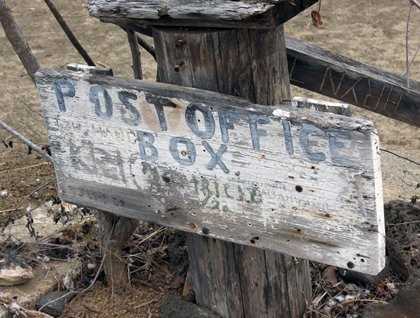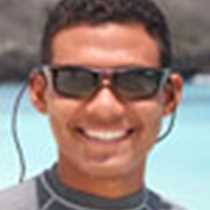The Island of Mysteries, Floreana, was the first Island to be officially inhabited when Ecuador took possession of the Galapagos Islands in 1832. It was also one of the four islands that Charles Darwin visited during his trip in 1835.
Today, the island is one of the four inhabited islands, with a small population of less than 200 people. Floreana is undergoing an entire restoration program to eradicate all invasive and non-native plants and animals, with the goal of bringing back the original tortoise species and the endemic Floreana mockingbird. This program is part of a collaboration with the entire community, which is also looking into alternative energy (solar power) and sustainable farming and use of resources.
Our guest explored Punta Cormorant in the national park area, where visitors can only enter with licensed guides and organized groups. On an early pre-breakfast walk, we saw the unique volcanic landscape of the island with numerous old tuff cones and lava flows, now covered with plants and trees native and endemic to Galapagos. This site holds a brackish lagoon, home of many shorebirds, such as black-necked stilts, phalaropes, whimbrels, white-cheeked pintail ducks and even flamingos.
The trail leads to a second beach, this time made of white coral powder. The beach is one of the most important nesting sites for the Pacific green sea turtles, which were starting their breeding cycle at this time of year.
We saw many fresh turtle tracks made by females going on shore to lay their eggs. This beach is also a good place to observe stingrays feeding near the shore. We saw many of them, some small and others of a pretty good size. On the way back to the ship, we were lucky enough to find a big group of bottle-nosed dolphins that delighted all of us by following our Zodiac for a long time! What an incredible opportunity to share such a special moment with these unique creatures!
Later on, we had the chance to explore Champion Islet, where it is possible to see the remaining population of the endangered Floreana mockingbird, as well as many other seabirds. We explored the islet not only by Zodiac but also by glass-bottom boat and, of course, by getting in the water to see the amazing underwater world that included dozens of colorful fish, rays, sea lions and white-tipped reef sharks.
In the afternoon, we visited the famous Post Office Bay, where a barrel is still used for an old mail swapping tradition going back to whaling days—it was first mentioned in 1793 by British Captain James Colnett. Our guests were able to deposit their postcards without stamps in the hope that, in the near future, another visitor will take and hand-deliver them. Believe it or not, many postcards have reached their destination.
To end our magnificent day, we explored the nearby Post Office Bay again by Zodiac and by kayak. Lots of things to see in one single day, and it was only our second day of the week!









